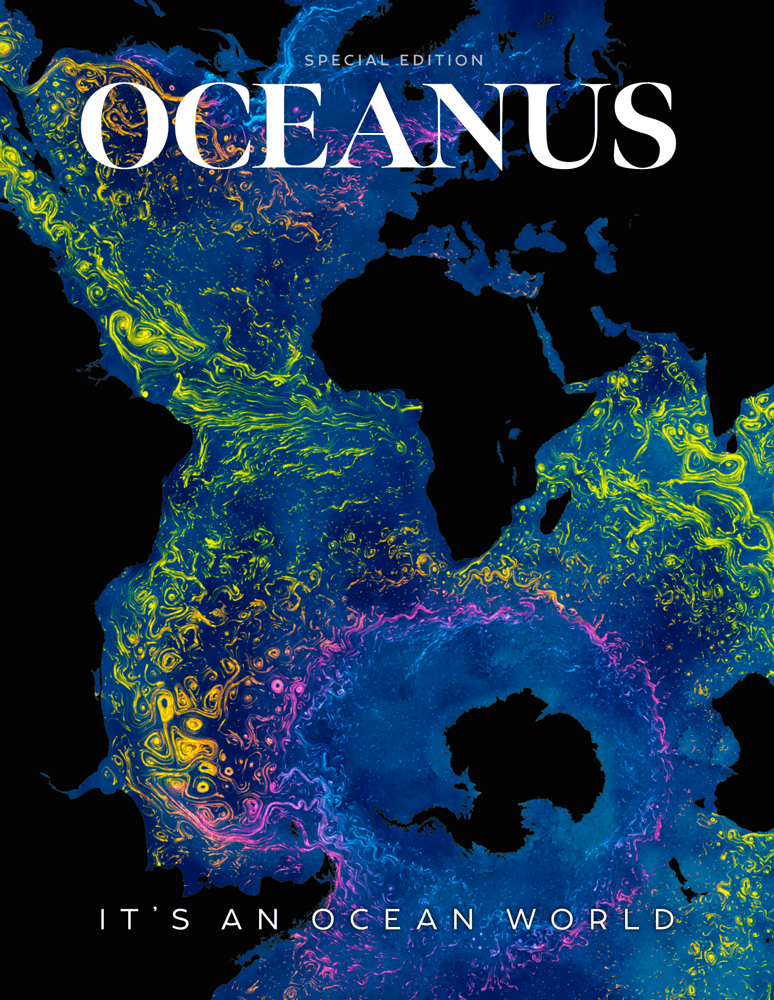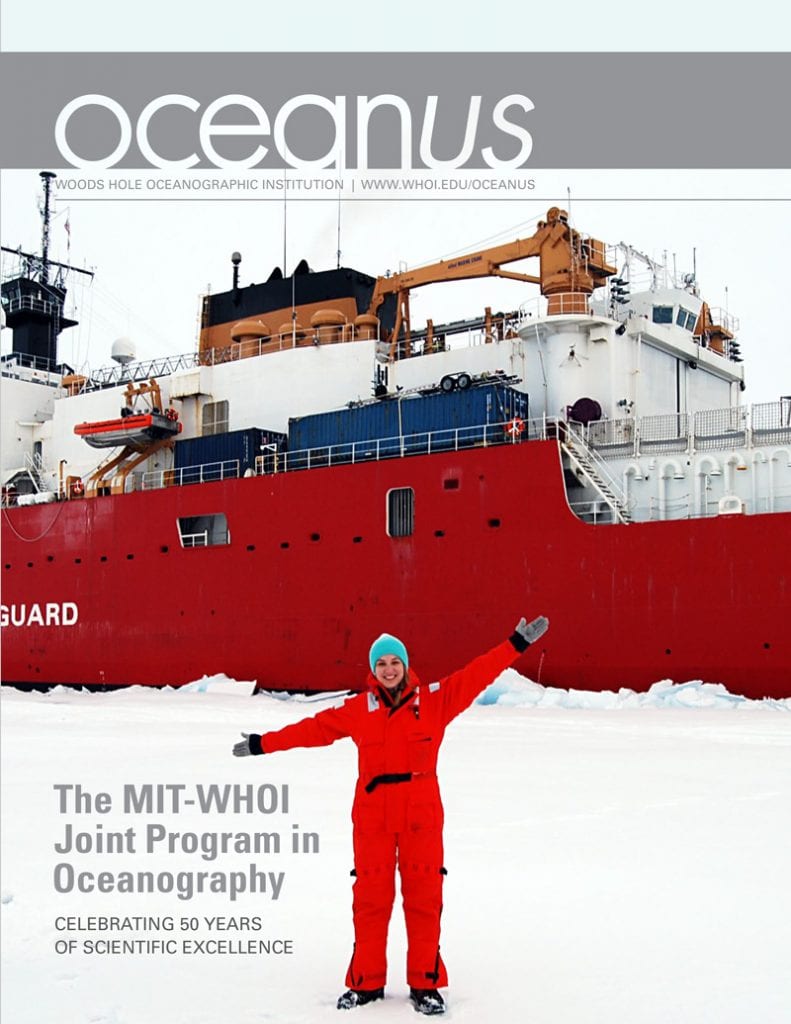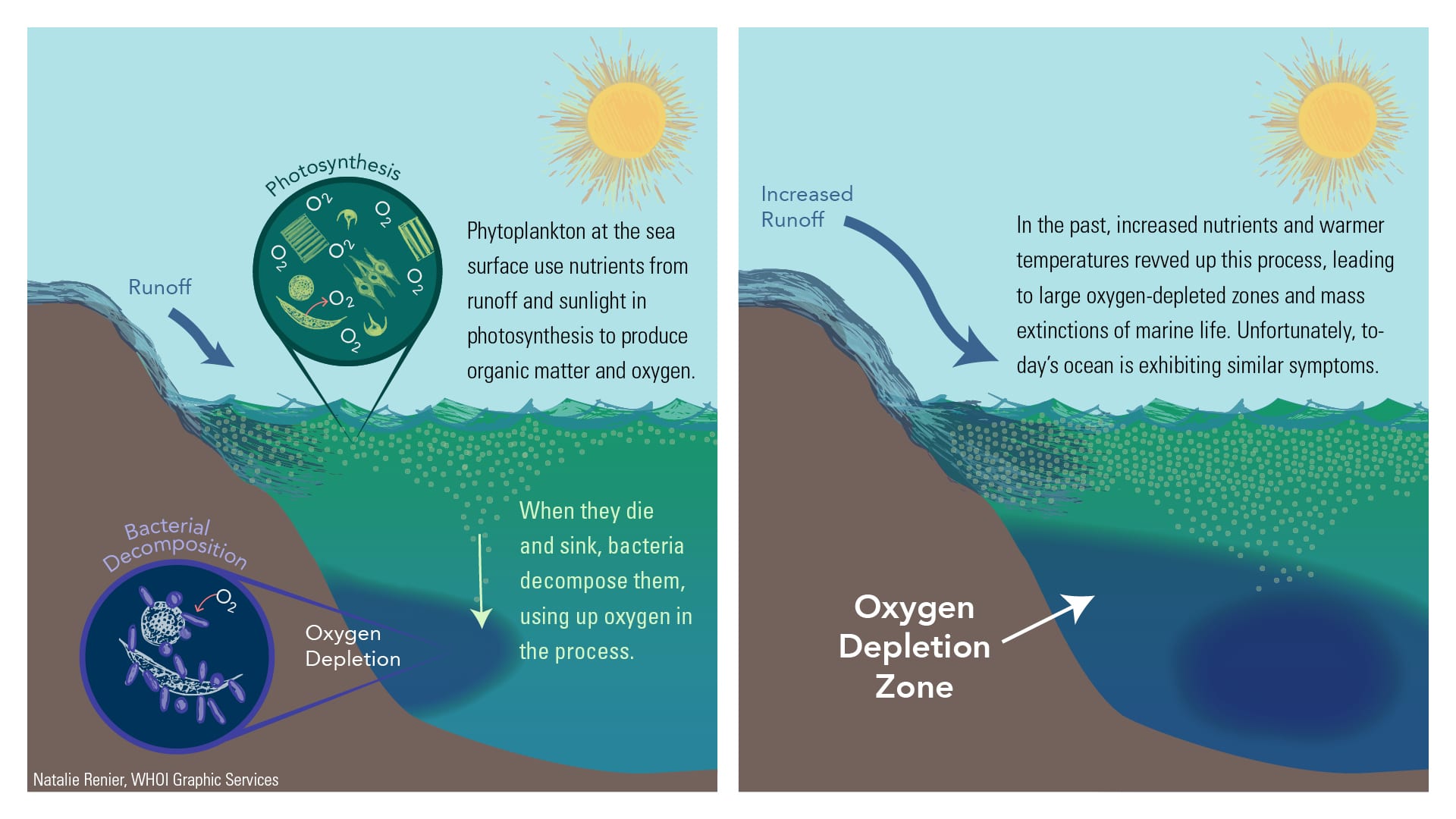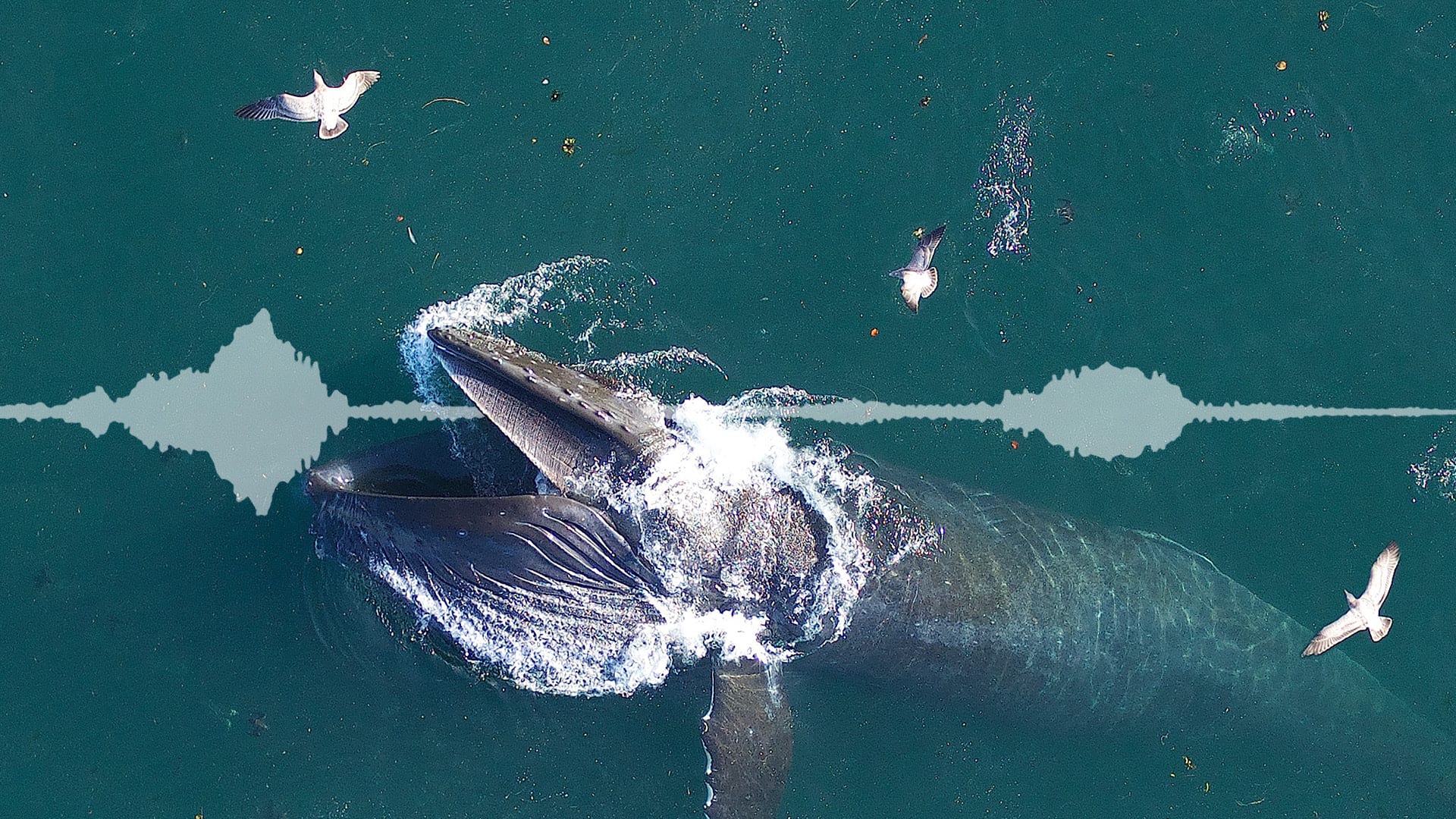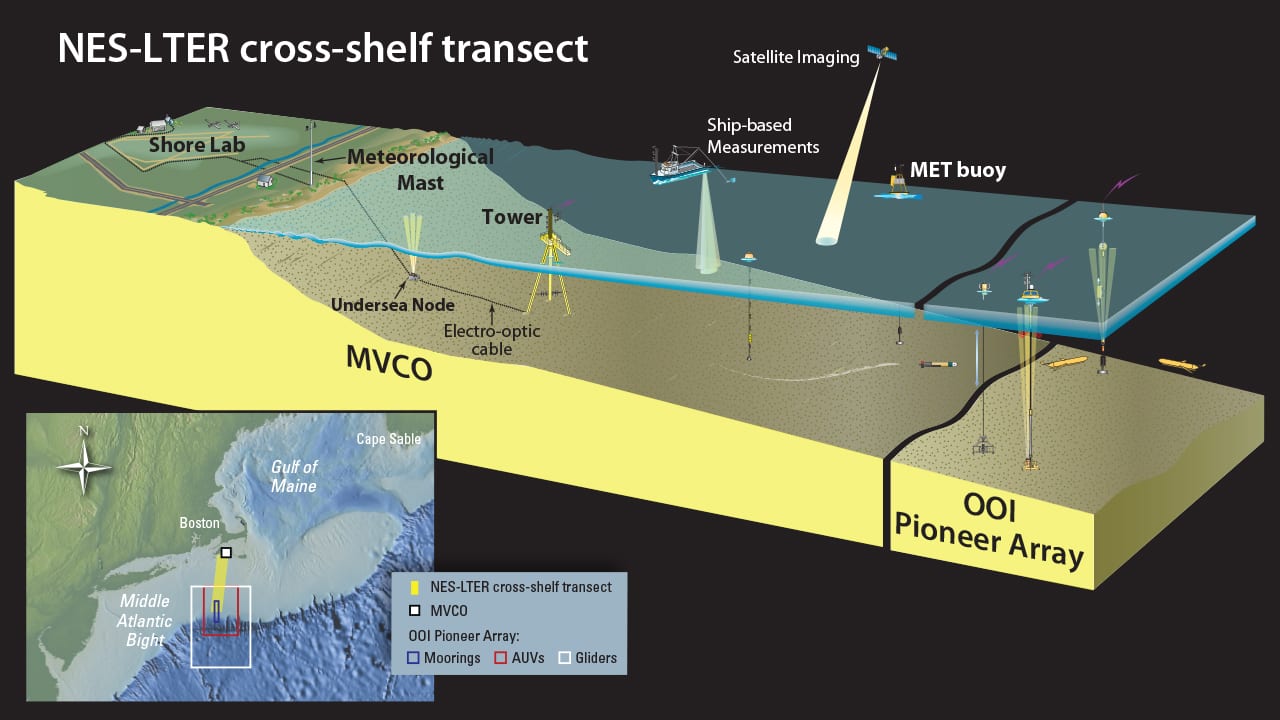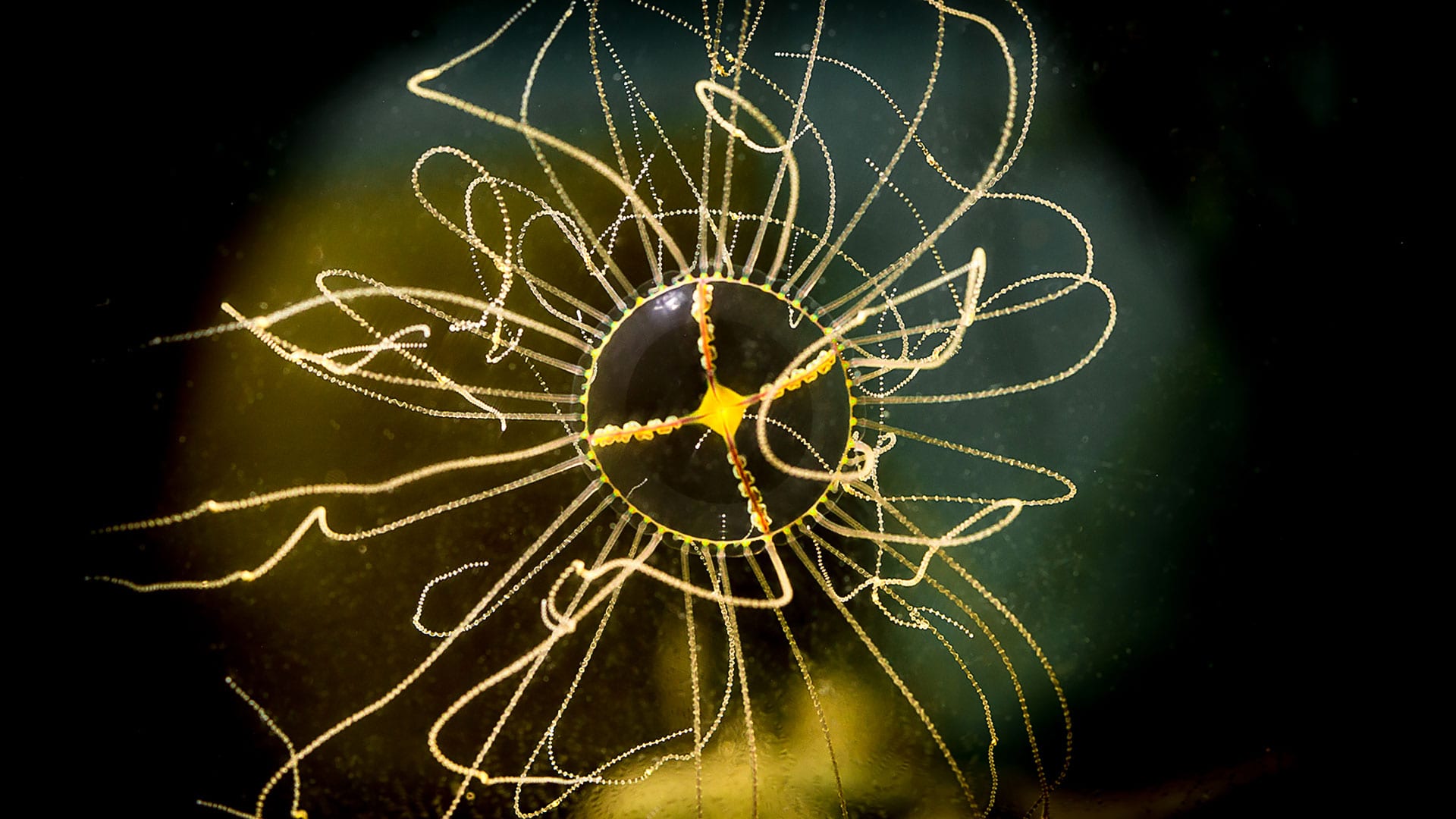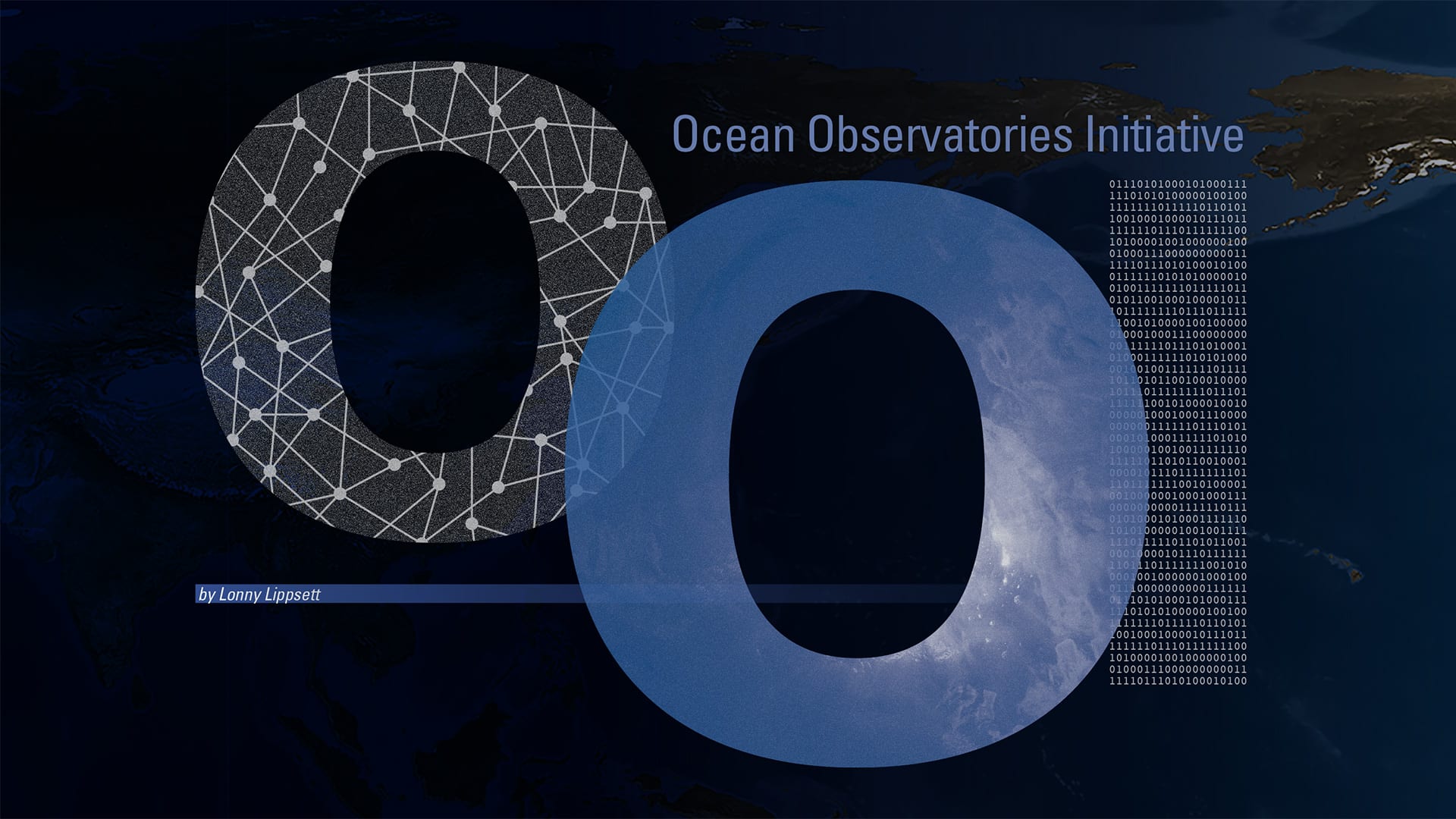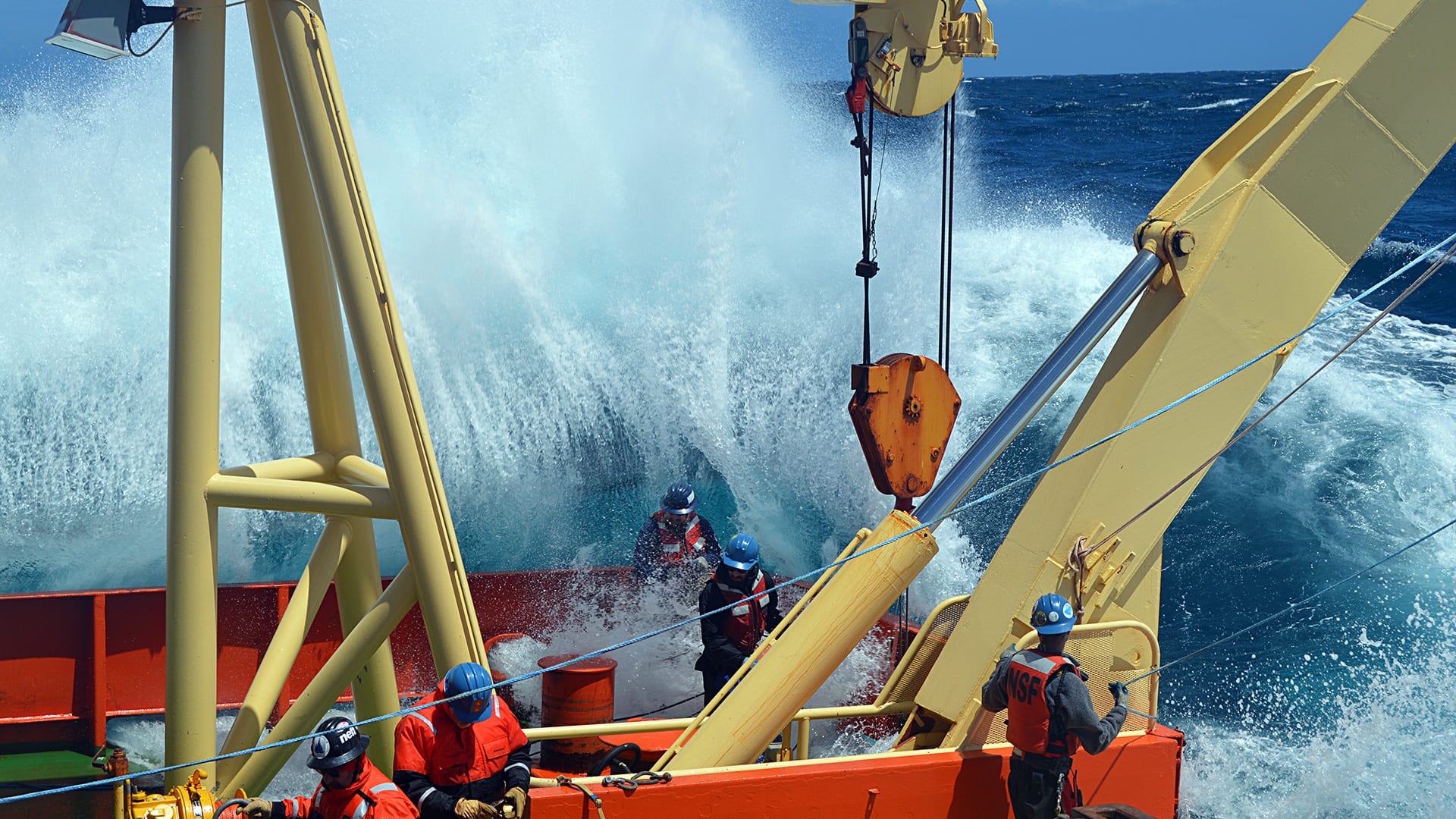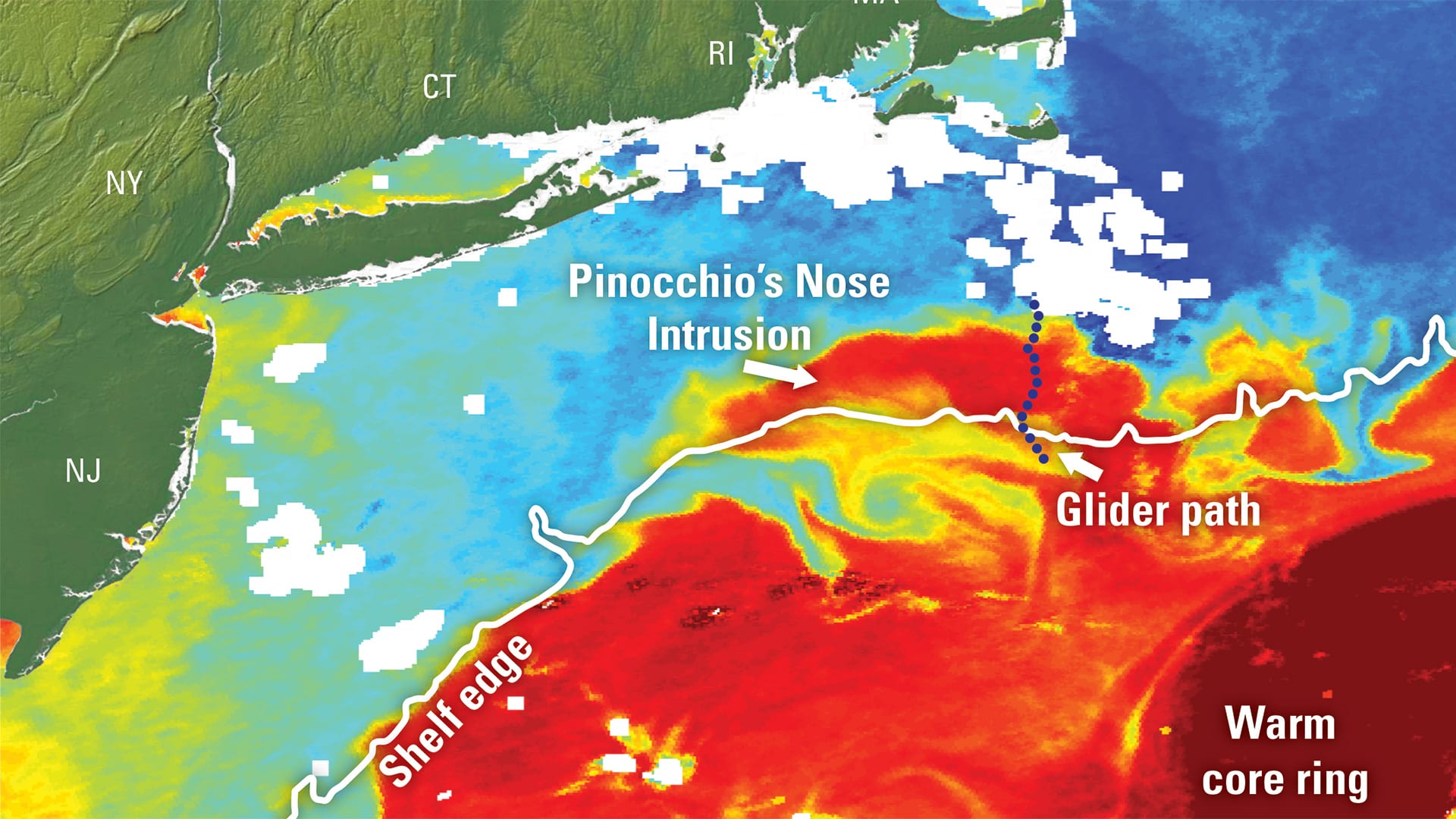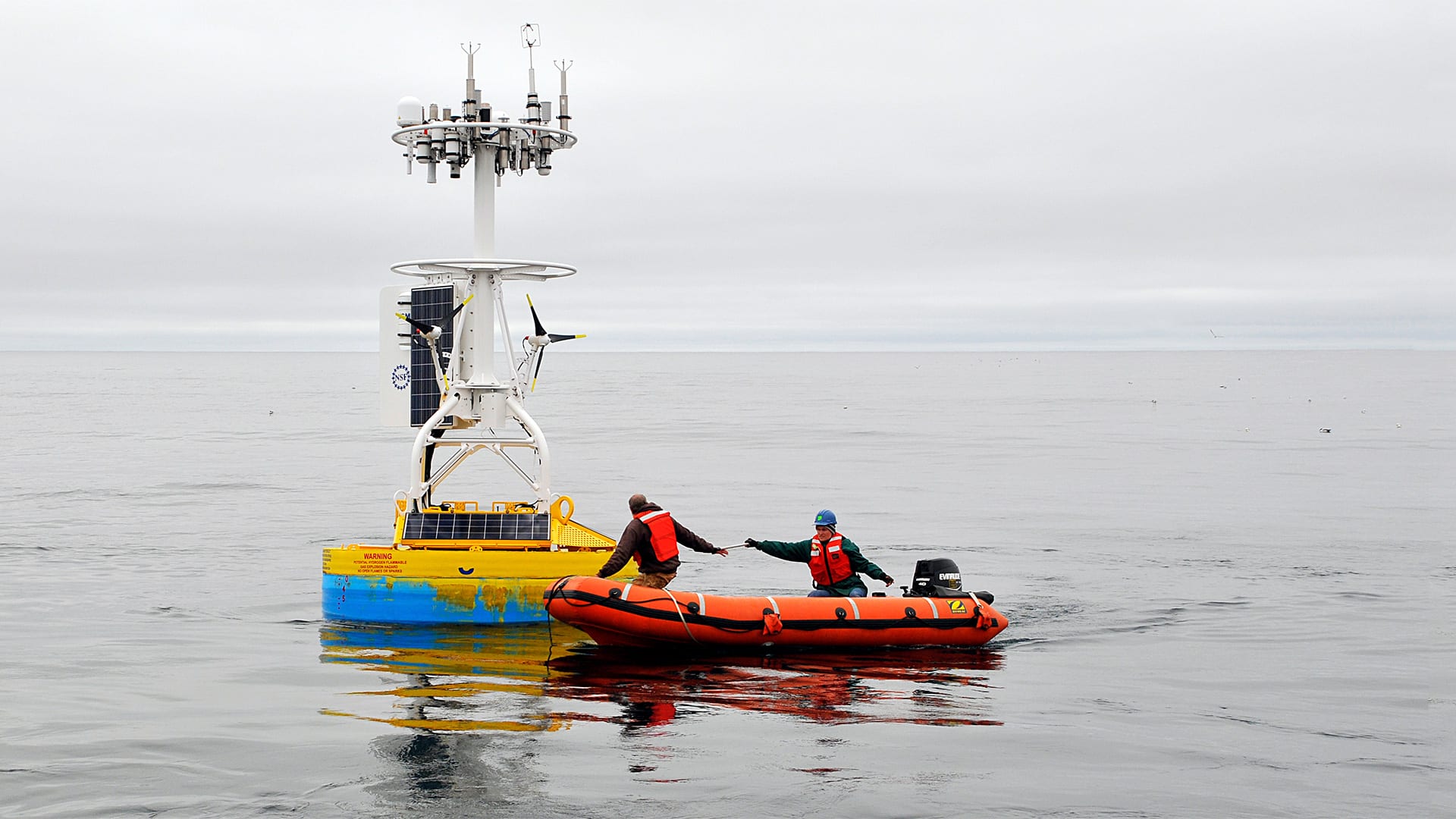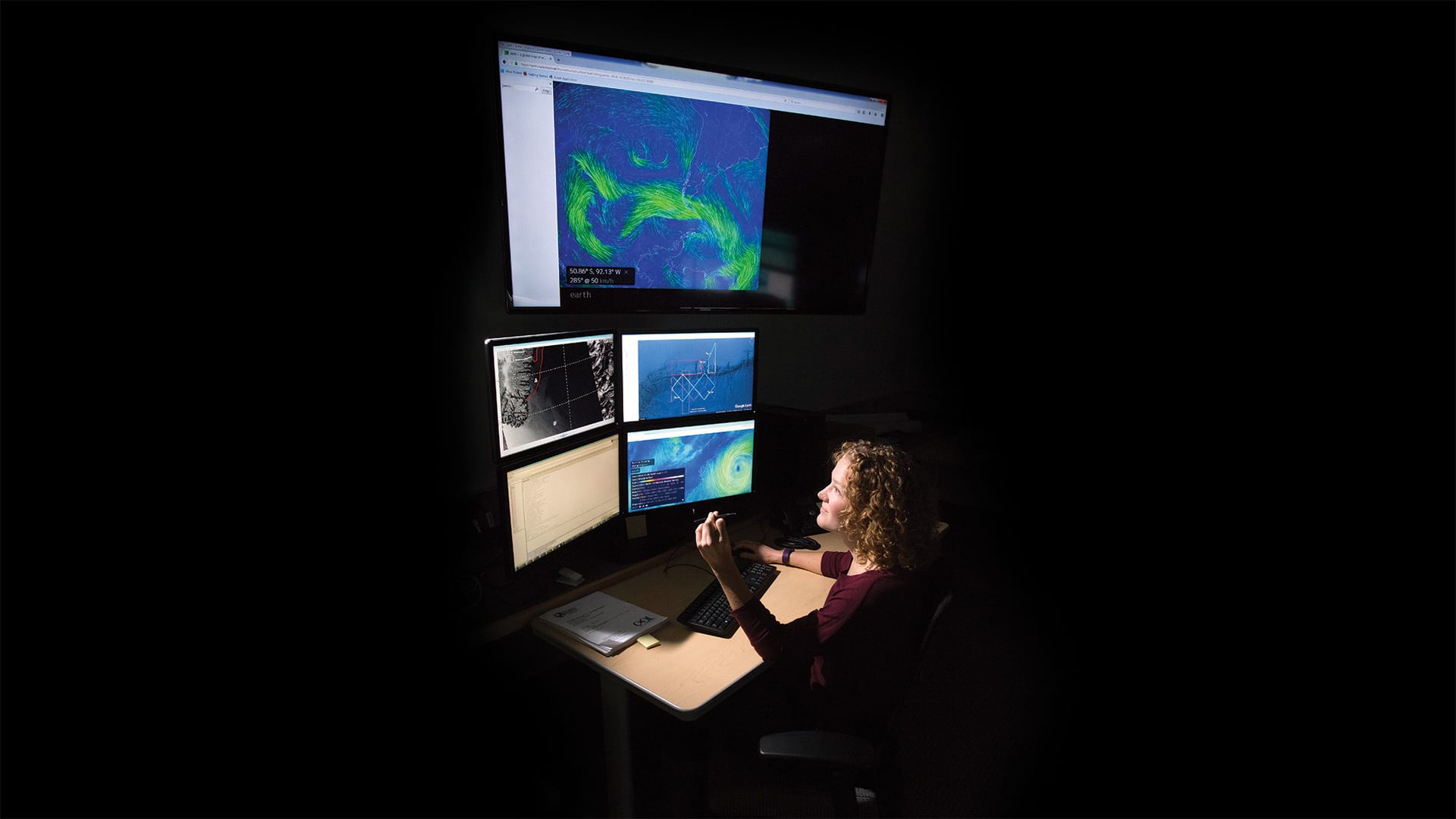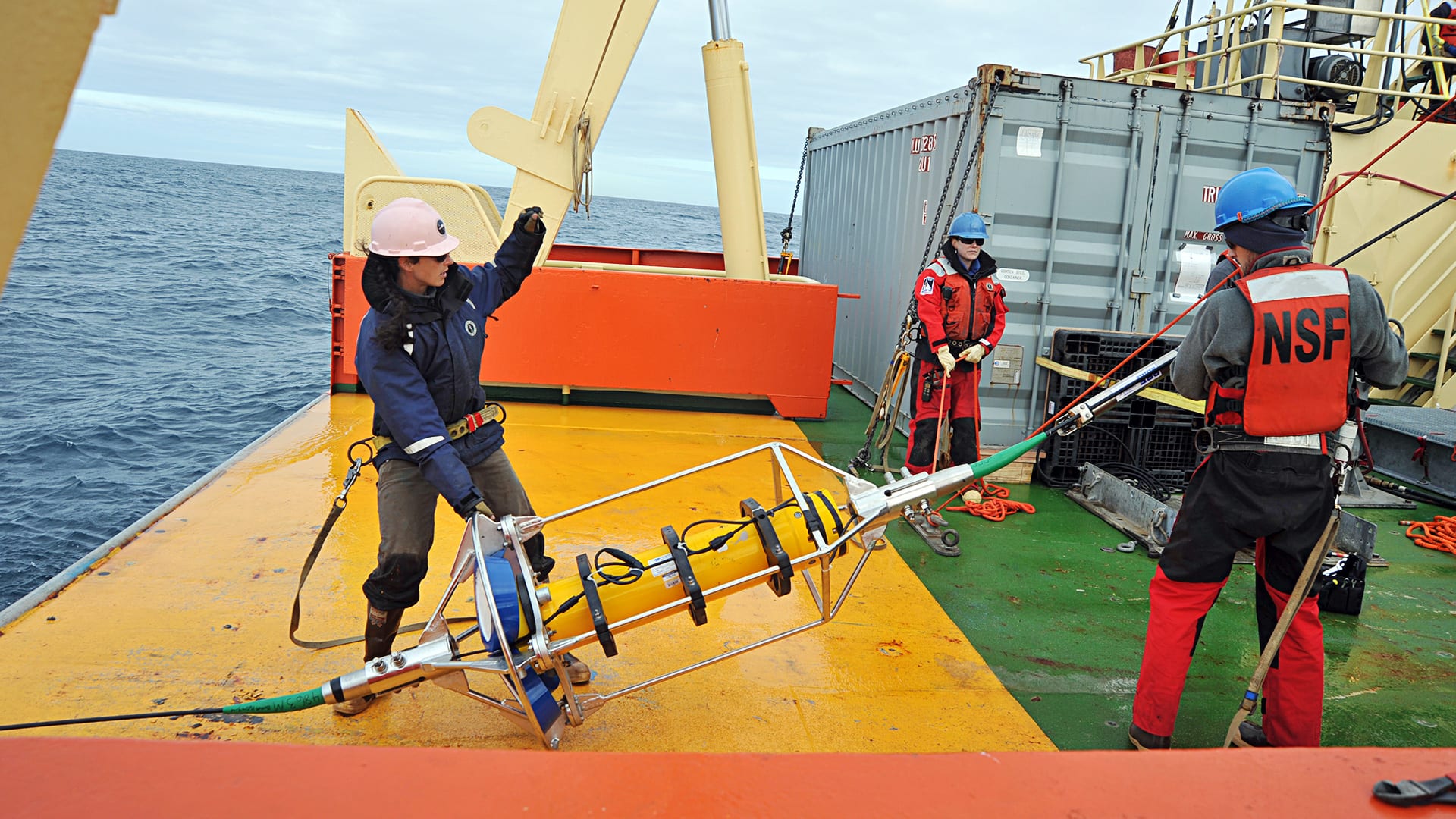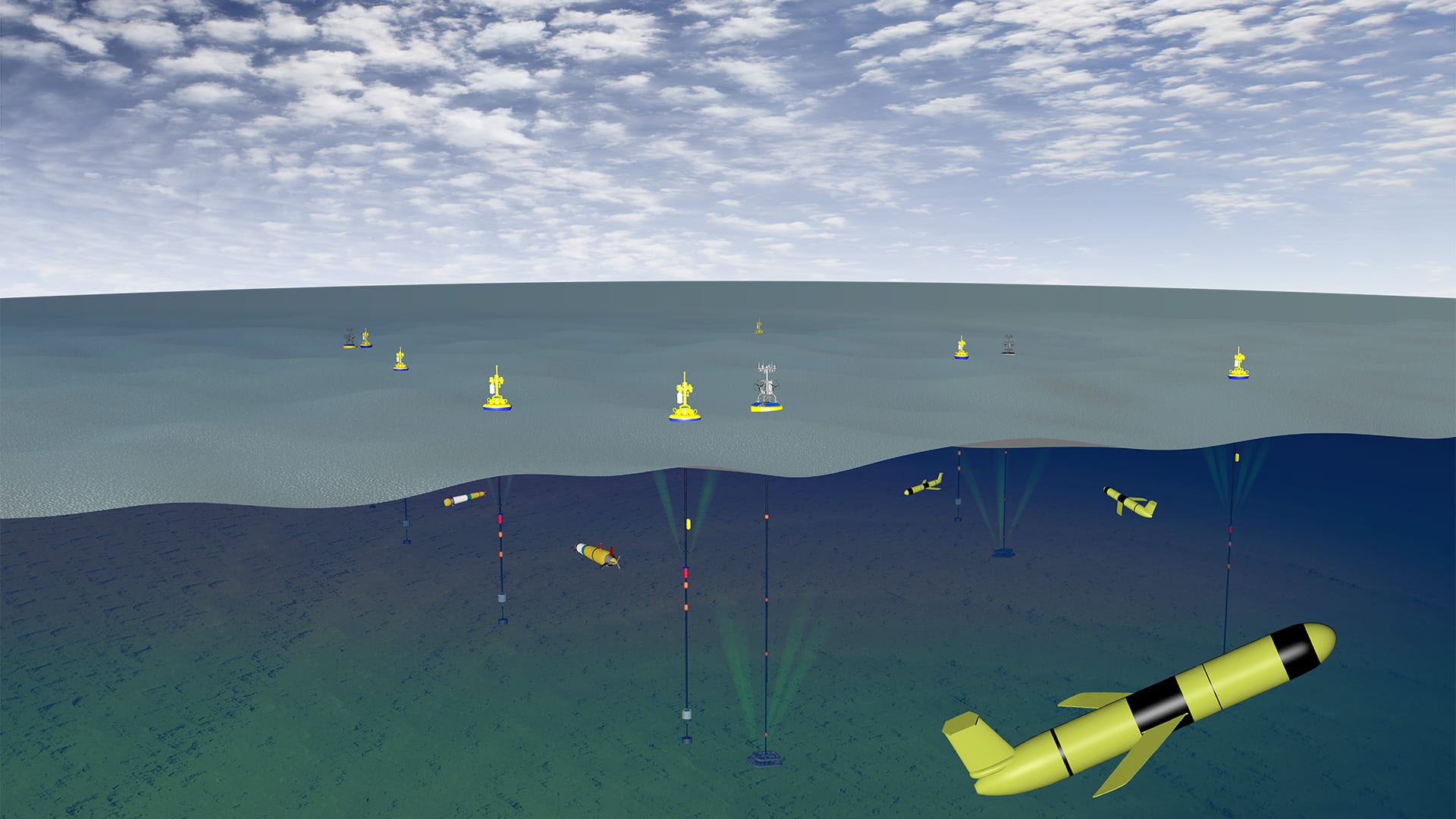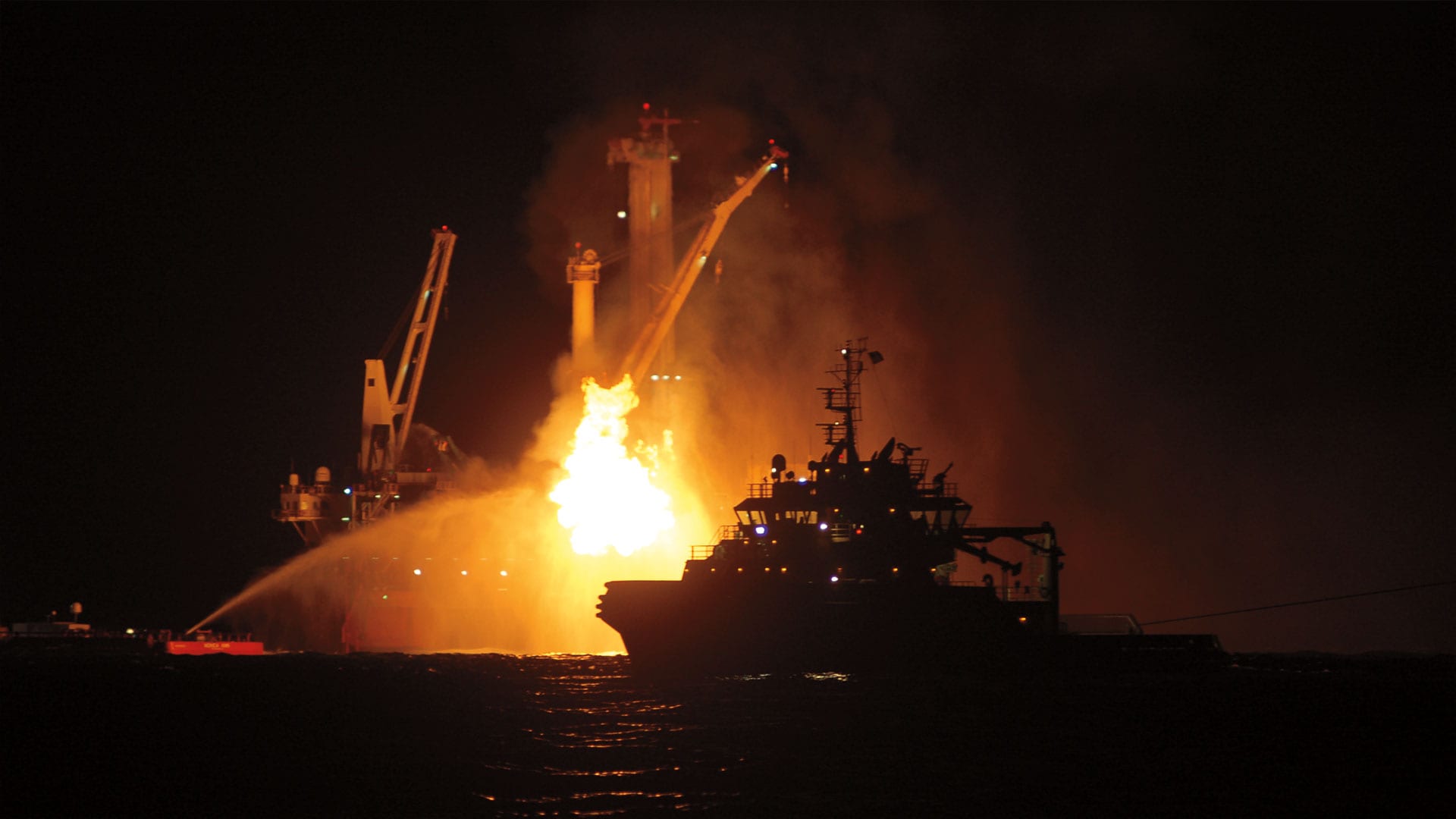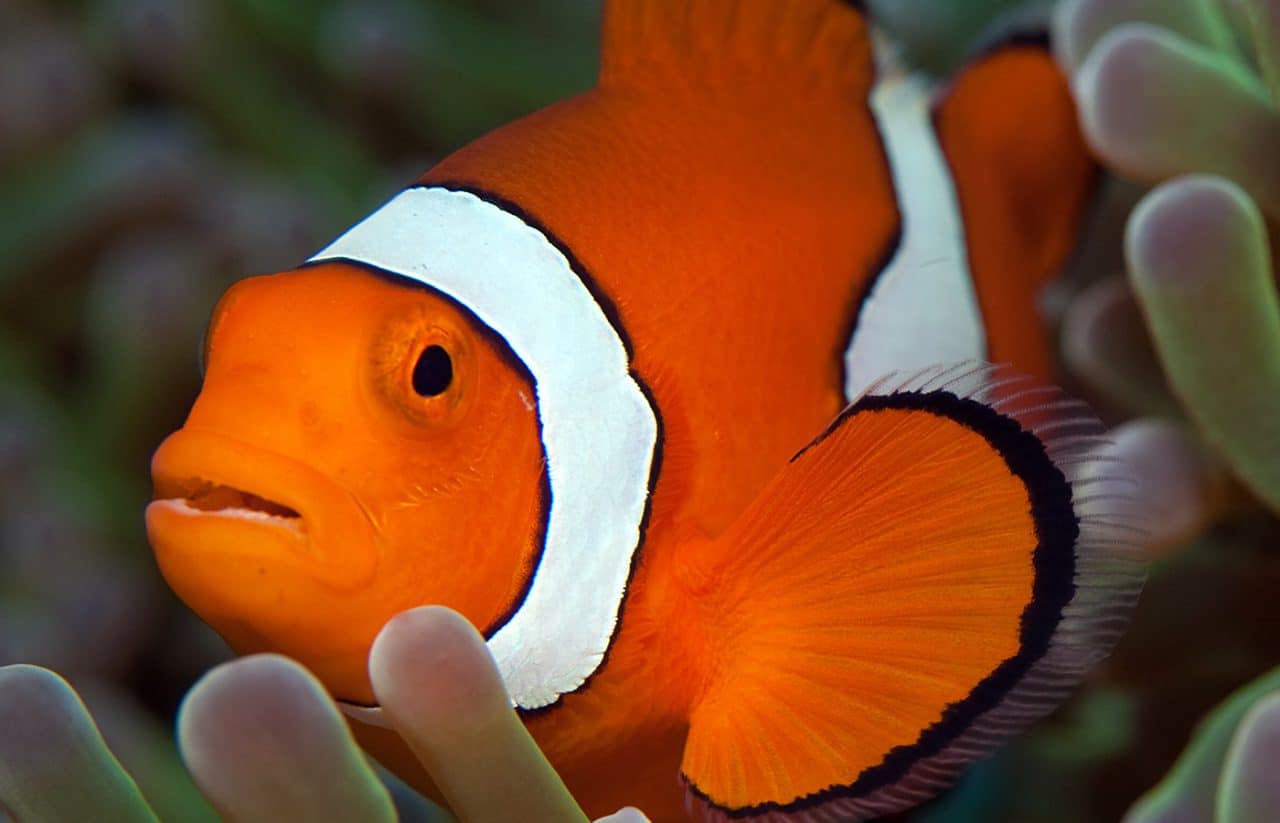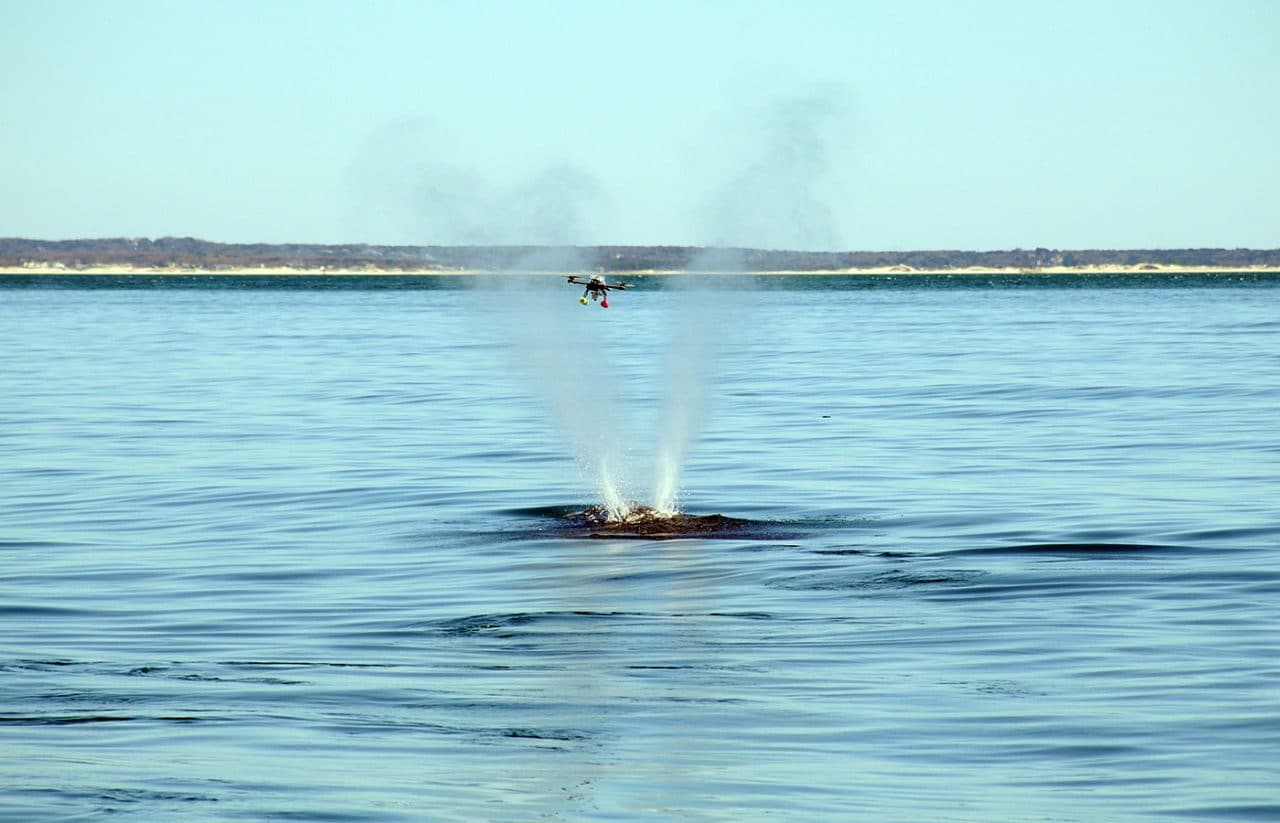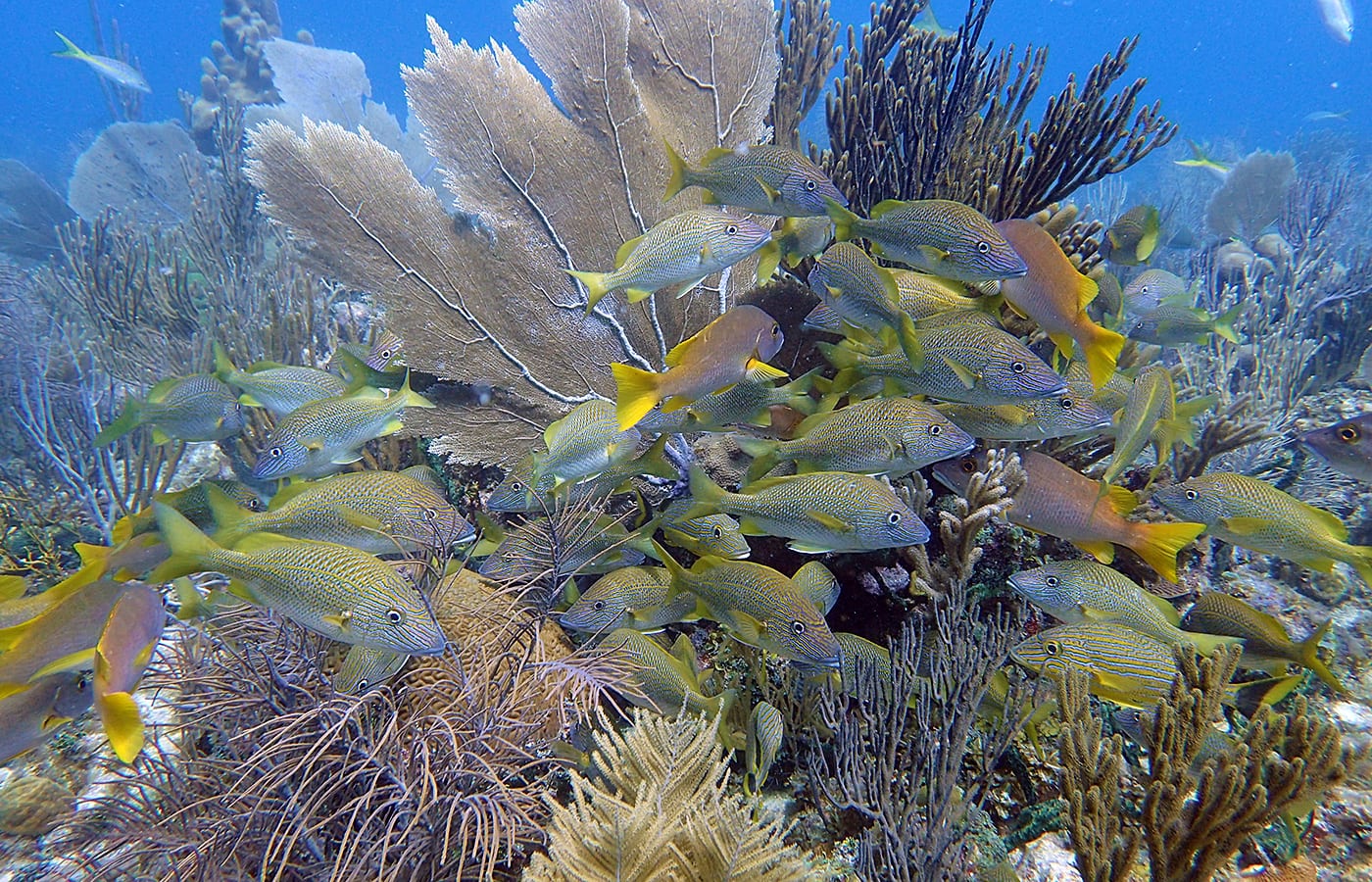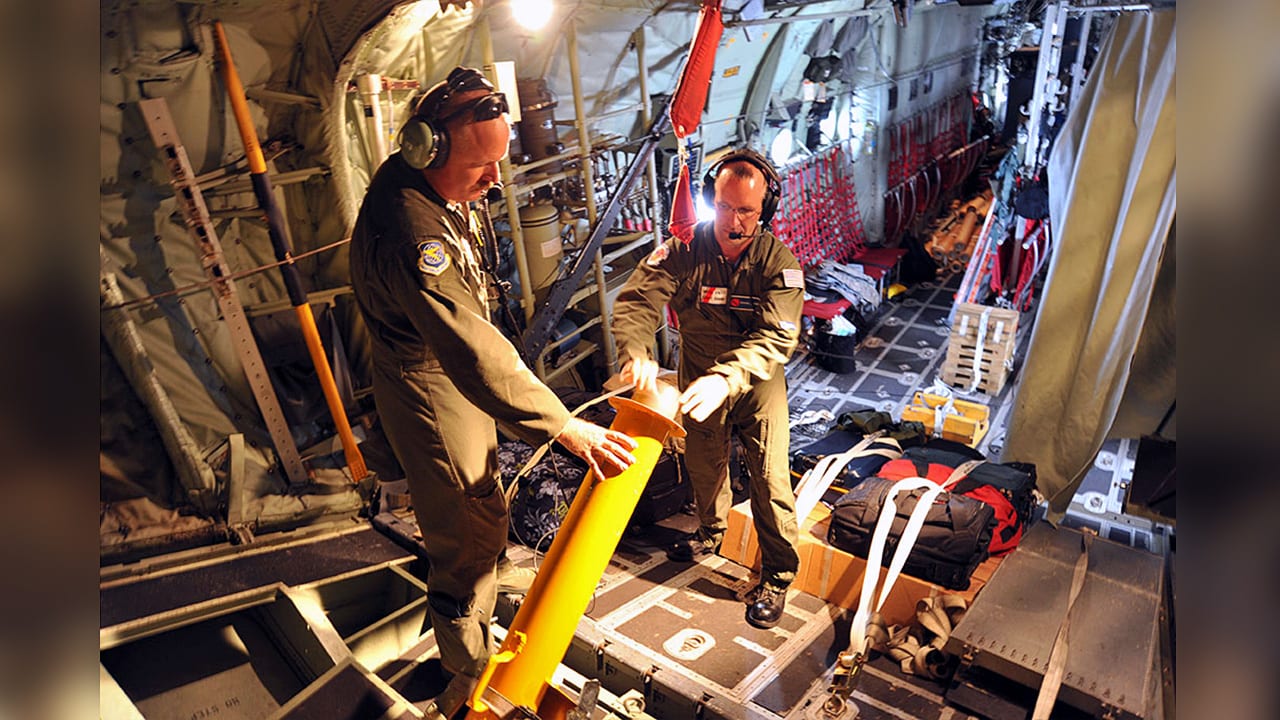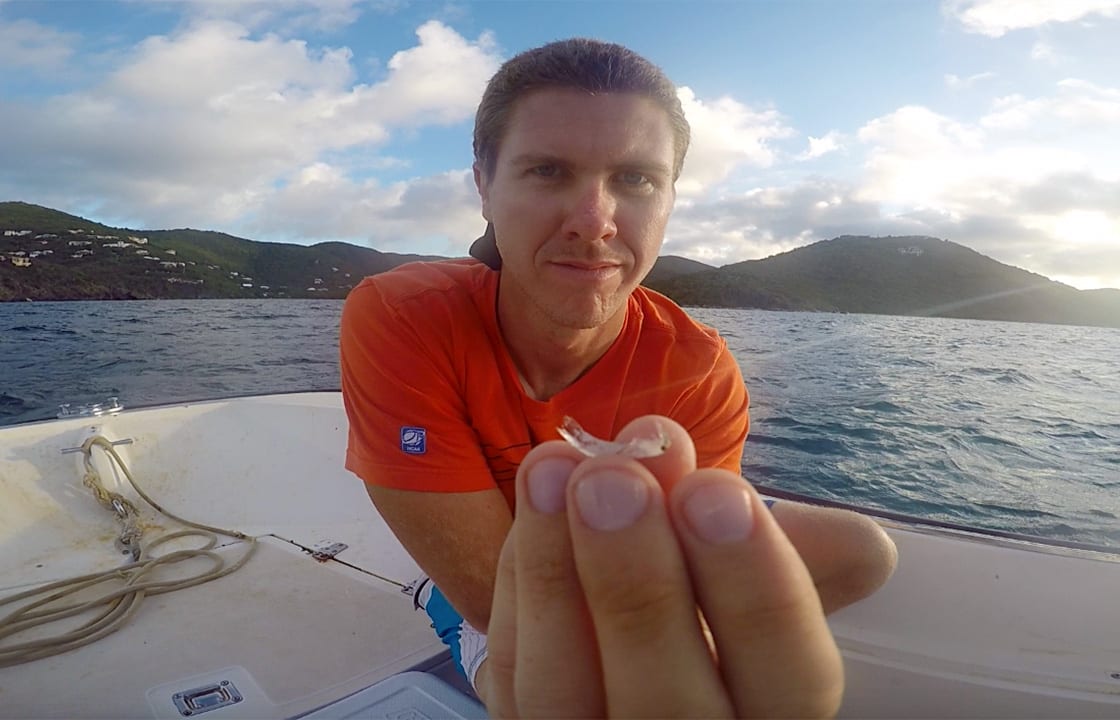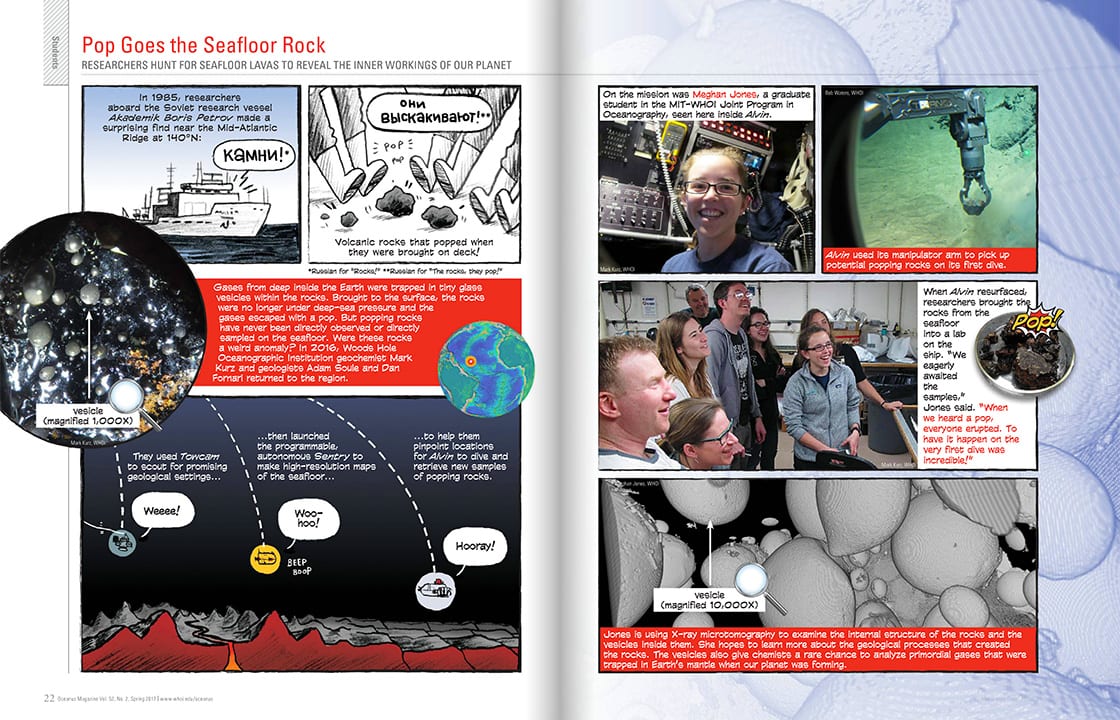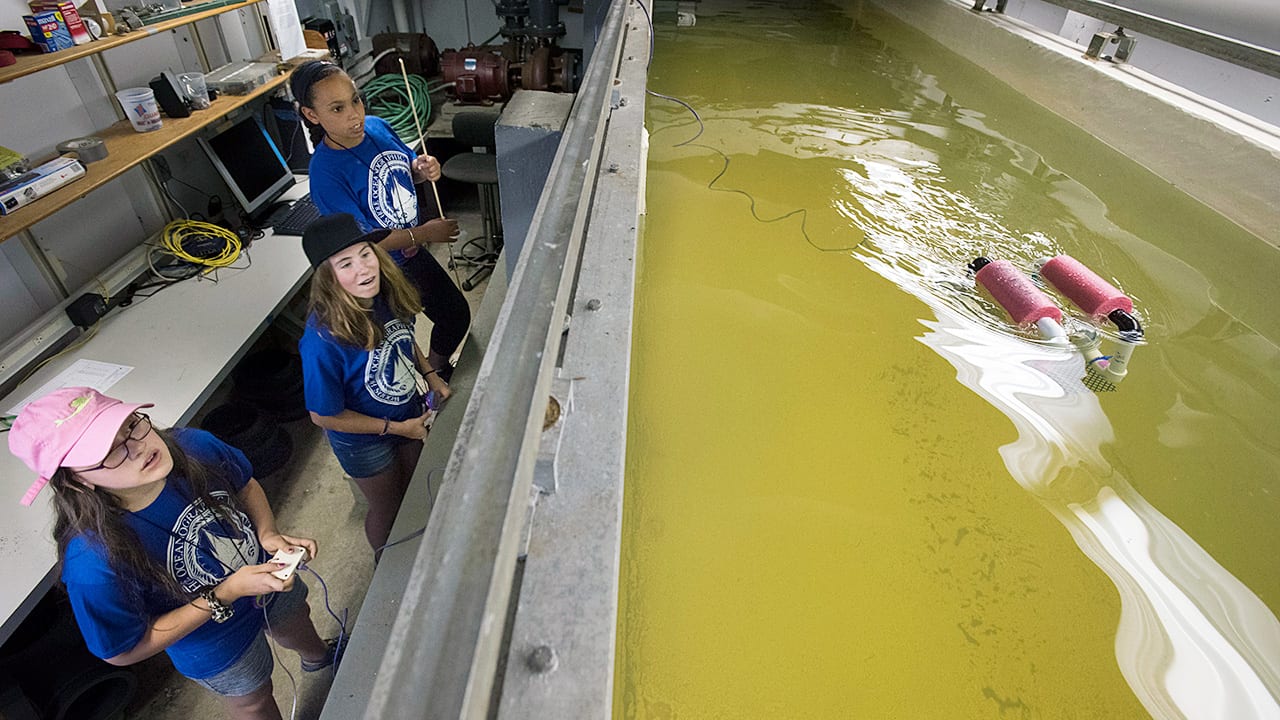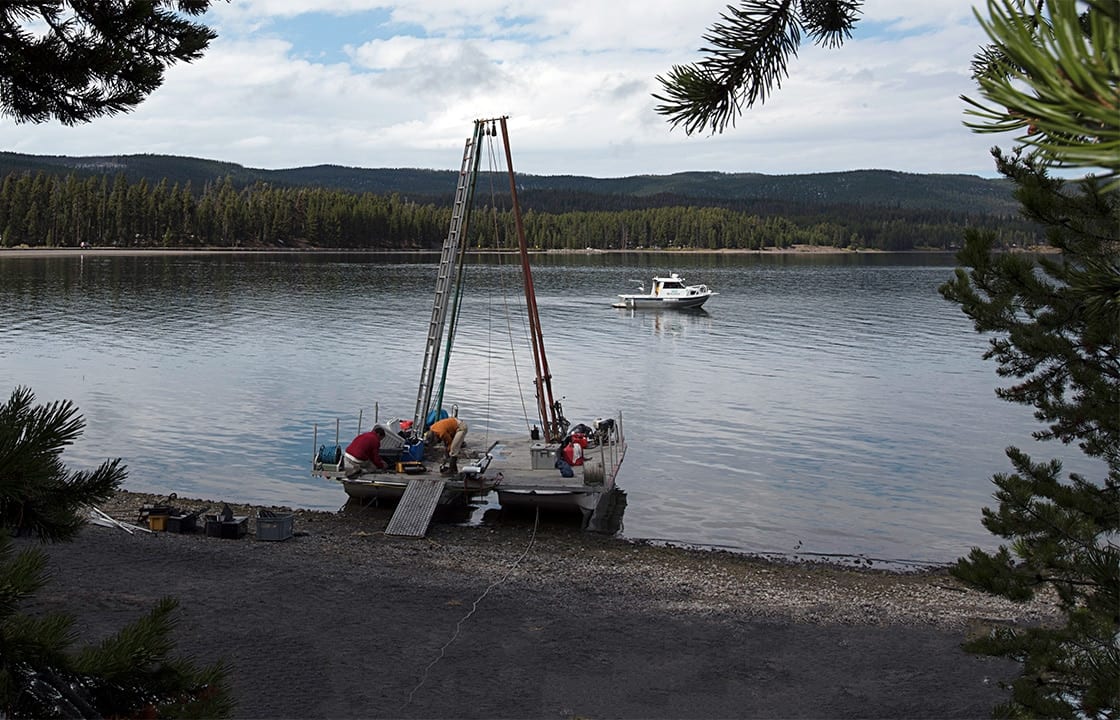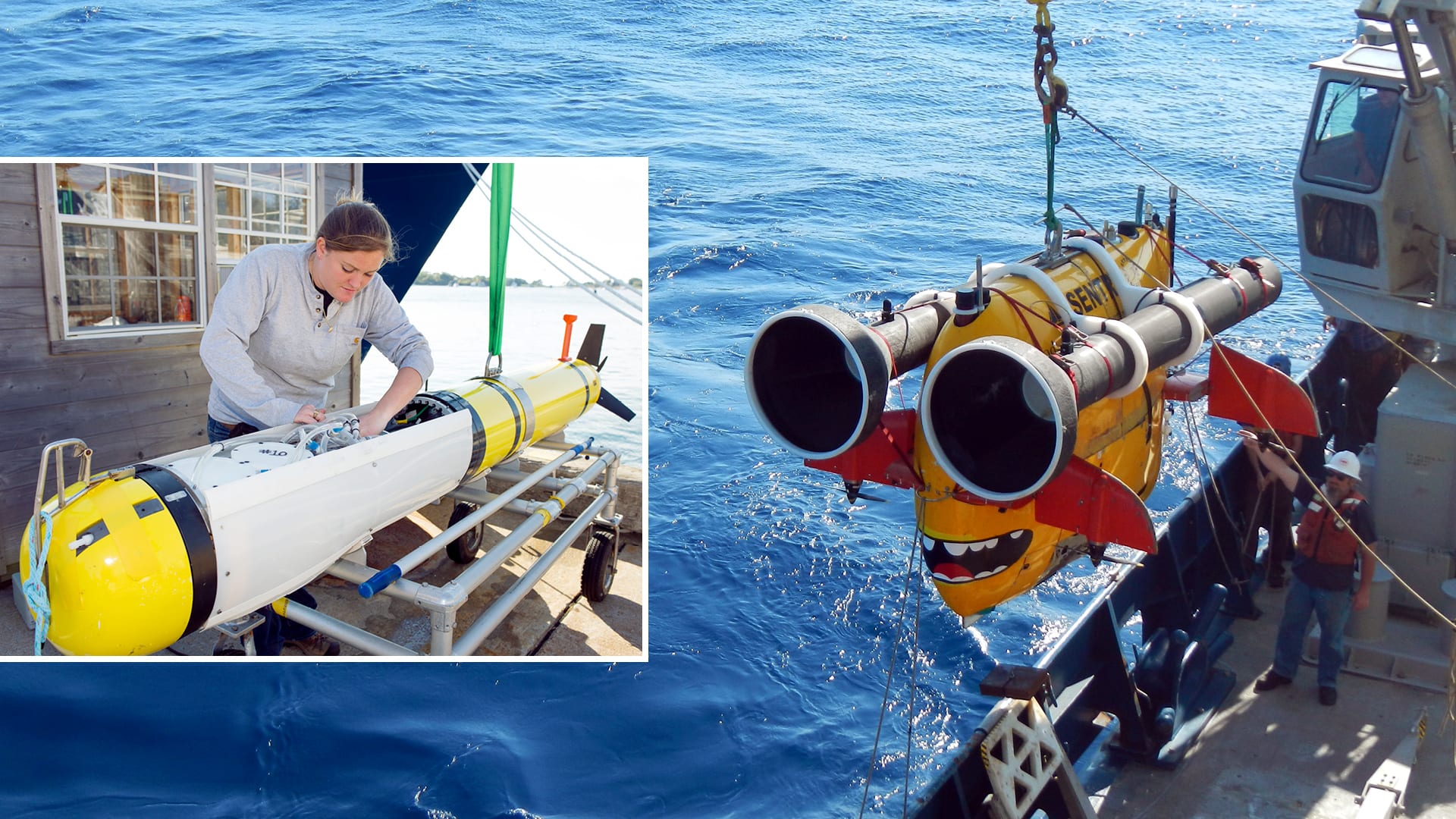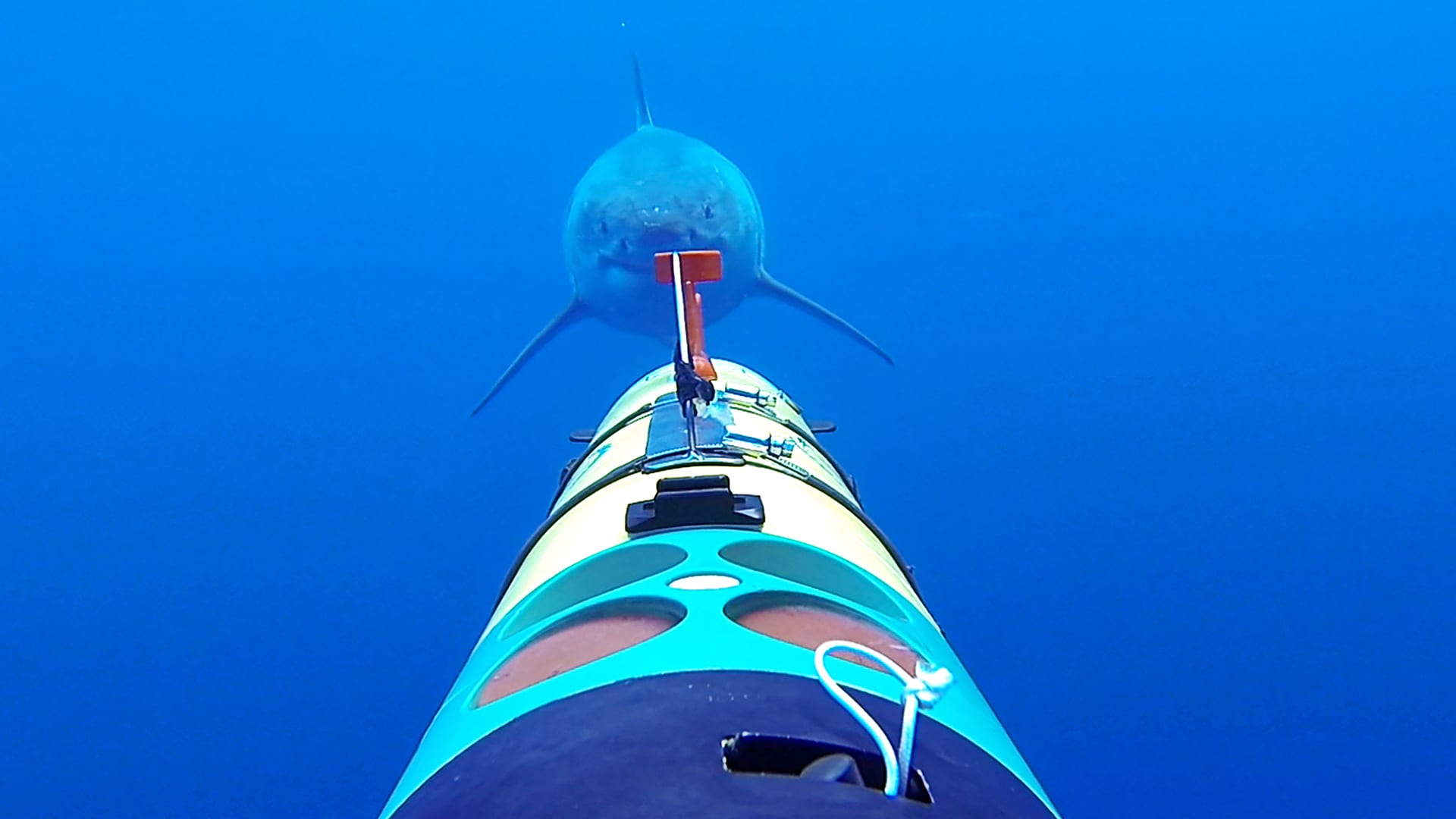Oceanus Online Archive
Will Oxygen in the Ocean Continue to Decline?
The living, breathing ocean may be slowly starting to suffocate. The ocean has lost more than two percent of its oxygen over the past-half century, and oxygen-depleted “dead zones” continue…
Read MoreScientists Reveal Secrets of Whales
Researchers have known for decades that whales create elaborate songs. But a new study has revealed a component of whale songs that has long been overlooked—sort of a booming baseline…
Read MoreLong-term Study Focuses on New England Ocean
The National Science Foundation has created a new Long Term Ecological Research site off the New England coast to increase understanding of an area of the ocean known for its abundant marine life and productive commercial fisheries.
Read MoreTiny Jellyfish with a Big Sting
Clinging jellyfish in waters near Vladivostok, Russia, are known for their painful, toxic stings. In the U.S., where clinging jellies had been relatively harmless, a new, venomous variety has recently appeared on Cape Cod, Mass., and in nearby regions. WHOI biologist Annette Govindarajan is using genetic techniques to trace their geographic origins.
Read MoreOcean Observatories Initiative
Sailors and scientists have gone to sea for centuries to unravel the inner workings of the watery region that covers two-thirds of our planet. But they have always had to…
Read MoreAqua Incognita
There is a jar of money in the conference room of the Mooring Operations & Engineering (MOE) team at Woods Hole Oceanographic Institution. It is a United Nations kaleidoscope of…
Read MorePinocchio’s Nose
It took only a month for the new Ocean Observatories Initiative (OOI) to reveal insights about shifting ocean circulation patterns that could have major impacts on marine life and fisheries…
Read MoreThinking Global
The Global Array component of the Ocean Observatories Initiative initially included four remote, high-latitude locations, selected for scientifically strategic reasons: Irminger Sea (60°N, 39°W) WHOI physical oceanographer Bob Pickart has…
Read MoreDiving for Data
It’s the middle of the night on Cape Cod, Mass. Thousands of miles away in the South Atlantic off the coast of Argentina, a bright yellow torpedo-shaped drone floats up…
Read MoreThe Young Woman and the Sea
Meghan Donohue always wanted a career in oceanography. She earned an undergraduate degree in physical oceanography from the University of San Diego. Then she participated in the Sea Education Association’s…
Read MoreA Pioneering Vision
In 2005, scientists at Woods Hole Oceanographic Institution devised a revolutionary plan: They would deploy about 150 scientific instruments in coastal waters south of Martha’s Vineyard to try to understand…
Read MoreDid Dispersants Help During Deepwater Horizon?
In the heat of the 2010 Deepwater Horizon disaster, U.S. government and industry responders had to make a crucial decision. They were facing an enormous oil spill, gushing uncontrollably from…
Read MoreThe Marine Reserve Goldilocks Problem
To protect coral reefs, governments and conservationists are looking to establish networks of marine reserves, where fishing is prohibited. But for the reserves to work, they need to be the…
Read MoreScientists Reveal Secrets of Whales
Researchers have known for decades that whales create elaborate songs. But a new study has revealed a component of whale songs that has long been overlooked—sort of a booming baseline…
Read MoreIn the Gardens of the Queen
An unprecedented research cruise investigated one of the most beautiful and unexplored coral reefs in the Caribbean and fostered collaboration between U.S. and Cuban scientists.
Read MoreNew Air-Launched Devices Help Study Hurricanes
A new breed of autonomous profiling “ALAMO” floats is giving scientists and forecasters a look at the way hurricanes grow or fade as they mix the ocean in their path.
Read MoreHow Do Fish Find Their Way?
An MIT-WHOI Joint Program graduate student is exploring how tiny larvae hatched in the open ocean find their way to coral reefs where they settle down and live.
Read MoreDid Dispersants Help Responders Breathe Easier?
Seven years after the disastrous Deepwater Horizon oil spill in the Gulf of Mexico, the decision to inject chemical dispersants into the deep ocean has remained contentious. New evidence reveals an unexpected benefit.
Read MorePop Goes the Seafloor Rock
WHOI scientists used the human-occupied submersible Alvin and the autonomous underwater vehicle Sentry to explore a surprising discovery: gas-filled volcanic rocks on the seafloor that “pop” when brought up to the surface.
Read MoreGirls Just Wanna Be Engineers
“Very few women go into engineering,” said Anna Michel, “because girls just don’t get the message that they could be engineers.” Michel, a scientist in the Applied Physics and Ocean…
Read MoreThe Hot Spot Below Yellowstone Park
WHOI scientist Rob Sohn brought an arsenal of deep-sea technology normally used to explore the seafloor to the bottom of Yellowstone Lake, where a team of researchers investigated the subsurface geothermal activity hidden from view in the national park.
Read MoreBack to Bikini
WHOI scientists returned to the Pacific islands of Bikini and Enewetak in 2015 to study radioactive contamination nearly 70 years after the U.S. used the islands for nuclear weapons testing. What they learned could also be applied to a more recent nuclear disaster: the 2011 Fukushima Daiichi reactor meltdown in Japan.
Read MorePlankZooka & SUPR-REMUS
Much of marine life begins as microscopic larvae—so tiny, delicate, and scattered in hard-to-reach parts of ocean that scientists have had a tough time illuminating this fundamental stage of life…
Read MoreWhen the Hunter Became the Hunted
In waters off Mexico’s Guadalupe Island, Woods Hole Oceanographic Institution (WHOI) engineers deployed the REMUS SharkCam, a torpedo-shaped robotic vehicle with a special system to track and film great white…
Read More